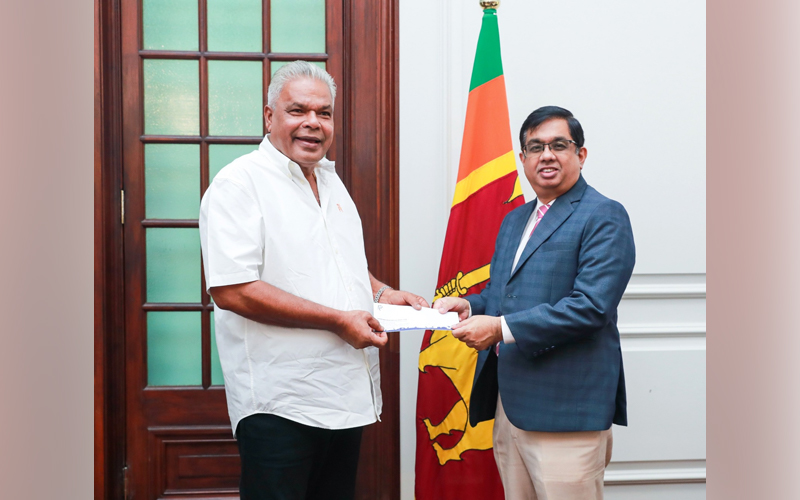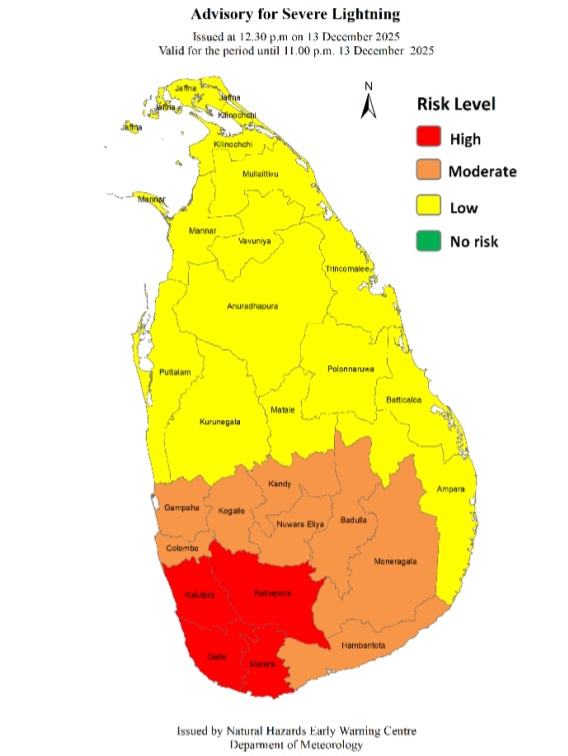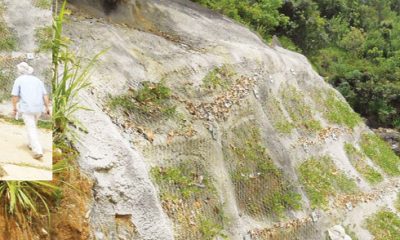News
China and India to send troops to Russia for joint military exercises

Chinese troops will travel to Russia to take part in joint military exercises that will start at the end of the month, Beijing’s defence ministry has said.Last month, Moscow announced plans to hold “Vostok” (East) military drills from August 30 to September 5, saying some foreign forces would also take part without naming them.
Beijing and Moscow have close defence links and China has said it wants to push bilateral relations “to a higher level,” even as Moscow faces international sanctions and widespread condemnation over its February 24 invasion of Ukraine.
“The aim is to deepen practical and friendly cooperation with the armies of participating countries, enhance the level of strategic collaboration among the participating parties, and strengthen the ability to respond to various security threats,” the Chinese defence ministry said in a statement.
India, Belarus, Mongolia, Tajikistan and other countries will also participate, it said.
Relations between Russia and China have grown increasingly close under Chinese President Xi Jinping and his Russian counterpart Vladimir Putin, and Beijing has been under pressure for its opposition to sanctions imposed by many Western countries over the war. Shortly before the invasion, Moscow and Beijing agreed on a “no limits” partnership.Beijing said its decision to participate in the joint exercises was “unrelated to the current international and regional situation”.
A year ago this month, Russia and China held joint military exercises in north-central China involving more than 10,000 troops. Russian Defence Minister Sergei Shoigu praised the drills in China’s Ningxia and suggested they could be developed further.In October, Russia and China held joint naval drills in the Sea of Japan. Days later, Russian and Chinese warships held their first joint patrols in the western Pacific.
The following month, South Korea’s military said it had scrambled fighter jets after two Chinese and seven Russian warplanes intruded into its air defence identification zone during what Beijing called regular training.The Vostok drills are the second joint military exercise conducted by Chinese and Russian troops this year.
Bombers from the two countries conducted a 13-hour drill close to Japan and South Korea in May, forcing those countries to scramble jet fighters, as United States President Joe Biden was visiting Tokyo.
State Department Spokesperson Ned Price said that while warming ties between China and Russia undermined global security, Washington did not “read anything” into the drills.
“Most of the participating countries also routinely participate in a wide array of military exercises and exchanges with the United States as well,” he told a press conference.
Russia’s eastern military district includes part of Siberia and has its headquarters in Khabarovsk, near the Chinese border. Source: Al Jazeera
News
Lakbima Rice Mills (Pvt) Ltd donates Rs 100 million to the ‘Rebuilding Sri Lanka’ Fund

Lakbima Rice Mills (Pvt) Ltd, based in Polonnaruwa, has contributed Rs. 100 million to the Government’s ‘Rebuilding Sri Lanka’ Fund, established to provide relief to communities affected by Cyclone Ditwa.
The donation cheque was handed over this morning (13) at the Presidential Secretariat to Dr. Nandika Sanath Kumanayake, Secretary to the President, by Dudley Sirisena, Chairman of the Araliya Group of Companies.
Latest News
Advisory for severe lightning issued to the Districts of Kaluthara, Rathnapura, Galle and Matara

Advisory for Severe Lightning
Issued by the Natural Hazards Early Warning Centre
at 12.30 p.m. 13 December 2025 valid for the period until 11.00 p.m. 13 December 2025 for Kaluthara, Rathnapura, Galle and Matara Districts
The public are warned that thundershowers accompanied with severe lightning are likely to occur at some places in the Kaluthara, Rathnapura, Galle and Matara Districts.
There may be temporary localized strong winds during thundershowers.
General public is kindly requested to take adequate precautions to minimize damages caused by lightning activity.
ACTION REQUIRED:
The Department of Meteorology advises that people should:
Seek shelter, preferably indoors and never under trees.
Avoid open areas such as paddy fields, tea plantations and open water bodies during thunderstorms.
Avoid using wired telephones and connected electric appliances during thunderstorms.
Avoid using open vehicles, such as bicycles, tractors and boats etc.
Beware of fallen trees and power lines.
For emergency assistance contact the local disaster management authorities.
Latest News
Pregnant Mothers to receive Rs 5000 Nutrition Allowance in December

Based on the prevailing disaster situation and the upcoming festive season, arrangements have been made to provide a nutrition allowance worth Rs. 5,000 to pregnant mothers.
This allowance, which will be provided only once, will be given to pregnant mothers who were registered at maternal clinics on or before 30 November 2025.
The distribution will take place through the Divisional Secretariat offices from 16 December, as a program of the National Secretariat for Early Childhood Development, which is affiliated with the Ministry of Women and Child Affairs.
-

 Features4 days ago
Features4 days agoFinally, Mahinda Yapa sets the record straight
-

 News5 days ago
News5 days agoOver 35,000 drug offenders nabbed in 36 days
-

 News4 days ago
News4 days agoCyclone Ditwah leaves Sri Lanka’s biodiversity in ruins: Top scientist warns of unseen ecological disaster
-

 Features7 days ago
Features7 days agoThe Catastrophic Impact of Tropical Cyclone Ditwah on Sri Lanka:
-

 News5 days ago
News5 days agoRising water level in Malwathu Oya triggers alert in Thanthirimale
-

 Features4 days ago
Features4 days agoHandunnetti and Colonial Shackles of English in Sri Lanka
-

 Business2 days ago
Business2 days agoCabinet approves establishment of two 50 MW wind power stations in Mullikulum, Mannar region
-

 Business6 days ago
Business6 days agoSri Lanka betting its tourism future on cold, hard numbers













